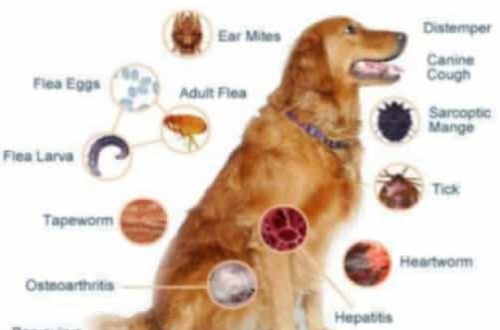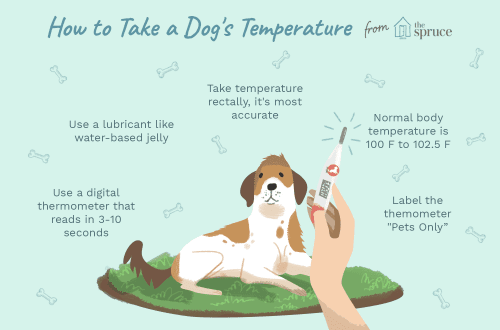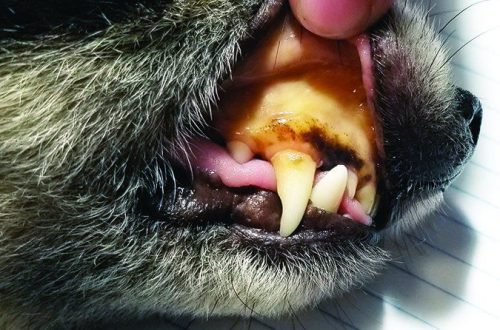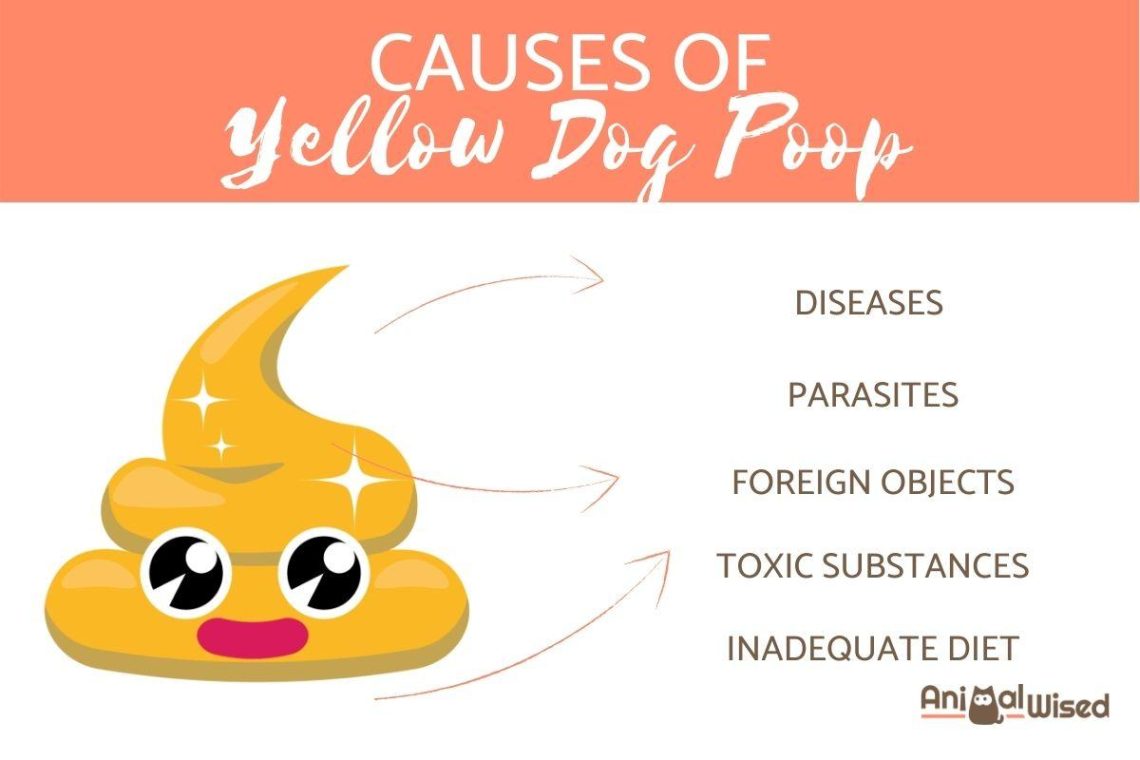
Yellow feces in a dog – 7 reasons why there is such a color in the stool
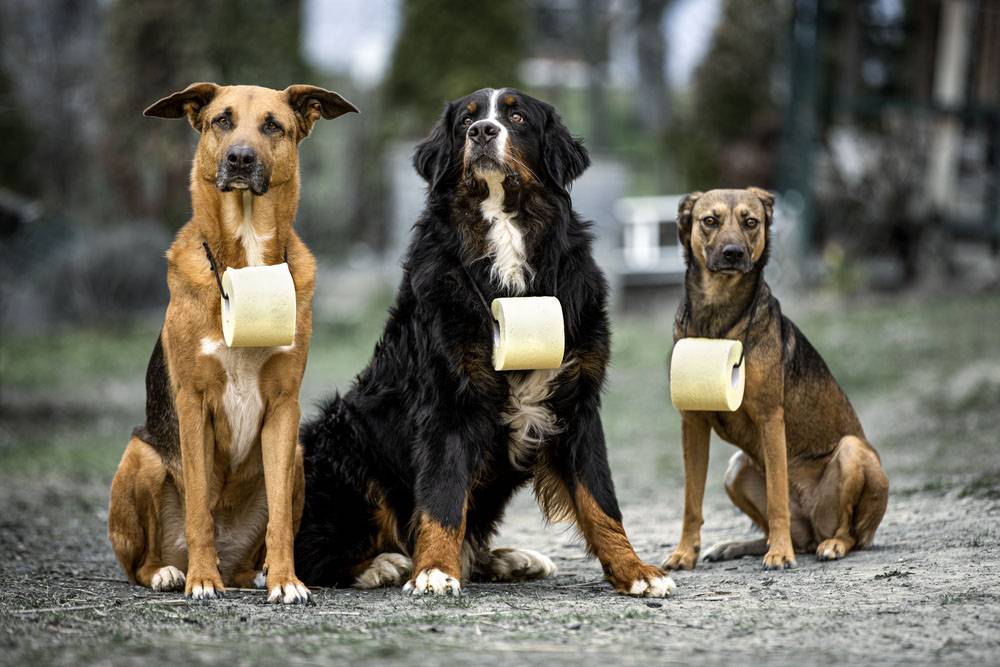
Contents
Why does a dog have yellow stool?
Yellow stool in a dog indicates intolerance to some food, yellow mucus often appears if you have recently made changes to the diet. Make sure your pet hasn’t eaten food that can upset the stomach and cause yellow feces.
Bright orange and yellow stools indicate biliary disease (affecting bile) or a liver problem. Orange dog feces can also mean that food is moving too quickly through your dog’s gastrointestinal (GI) tract on its way to collecting bile.
Bile is what makes feces brown, so if your dog has orange or yellow diarrhea, take him to the vet.
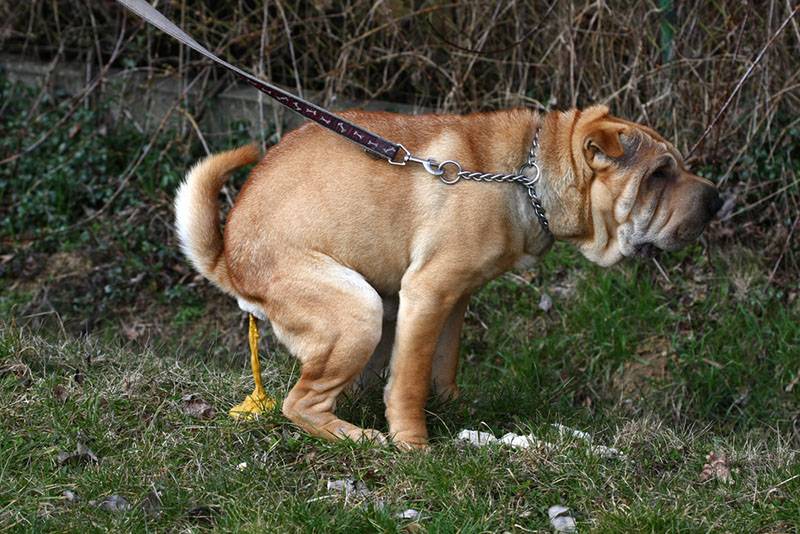
Eating foreign objects
Yellow stool in a dog can cause foreign objects to be eaten. This refers to grass, sticks, or something that the dog picked up from the floor in your house. Any consumption of something that is not food and should not be eaten is called foreign body consumption. Basically, these are items that the pet’s digestive system cannot digest.
Swallowed foreign objects that cannot be digested will come out with a bowel movement of almost the same color as they were originally. Yellow feces is not a cause for concern if your dog, for example, has eaten some yellow crayons.
However, you need to see a doctor if your dog shows signs of an obstruction. Signs of bowel obstruction include vomiting, bloating, dehydration, weakness, diarrhea, and loss of appetite. If your dog shows these symptoms, take him to the vet immediately, especially if you know he has eaten something he shouldn’t have.
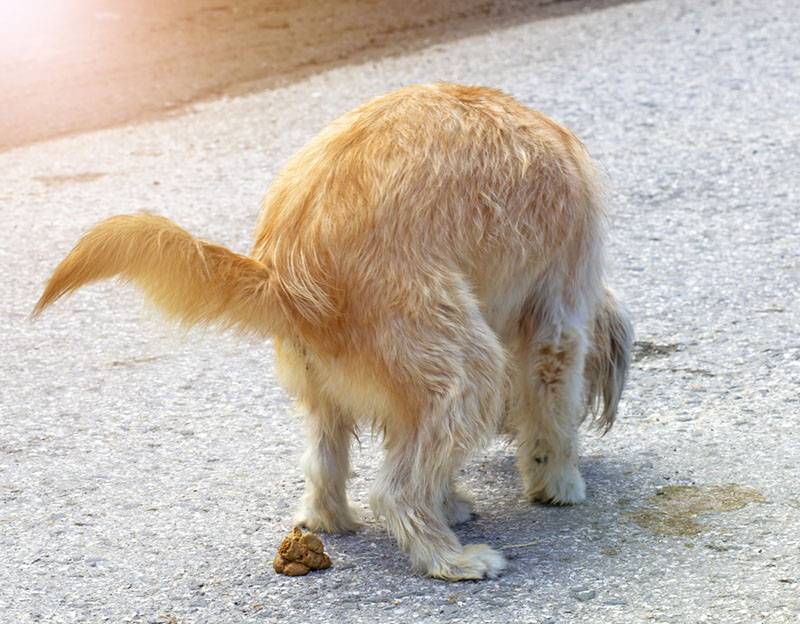
Problems with the liver
The liver influences most of the body’s chemical processes, from aiding digestion to removing toxins from the blood.
Some of the more common liver diseases in dogs include:
Chronic hepatitis or inflammation of the liver.
A congenital portosystemic shunt (also called a hepatic shunt) is a birth defect seen in young dogs. This happens when blood flow bypasses the liver, where toxins are removed, causing them to accumulate. Older dogs usually have an acquired form of liver shunt, which is the result of hypertension or cirrhosis.
Liver cancer. Primary tumors begin in the liver, while secondary tumors occur elsewhere in the body. Secondary tumors are more common.
Acute liver injury is caused by certain toxins or infections that come from various forms of bacteria, viruses, parasites, or fungi.
Liver disease can cause the skin, eyes, ears, and gums to take on a yellowish tint. Jaundice can also cause yellow feces in an animal. If your dog’s feces are not exactly the right color and you notice signs of jaundice, contact your veterinarian immediately. Other signs of liver problems include vomiting, weight loss, excessive thirst, confusion, frequent urination, and seizures.
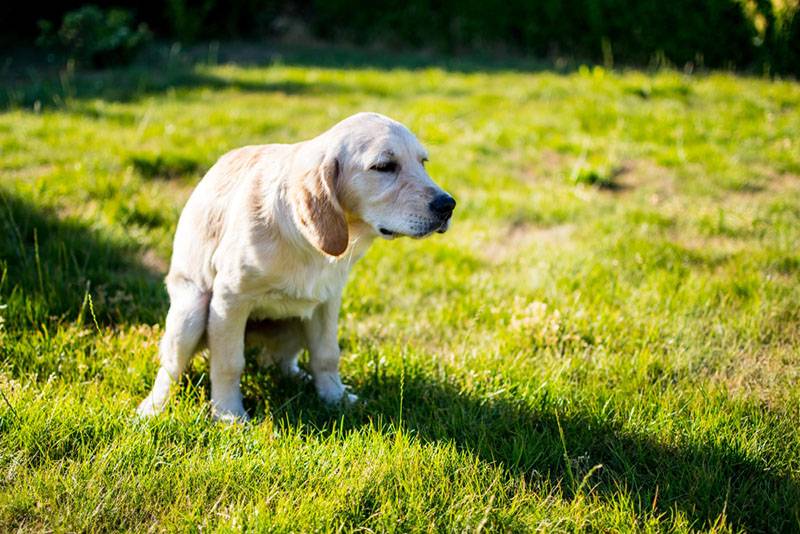
Gastroenteritis
Gastroenterocolitis is inflammation of the gastrointestinal tract, involving the stomach and intestines. Causes of this condition may include a reaction to medications, food, infection from parasites, viruses, or bacteria. The dog has yellow and other shades of feces, it becomes liquid, the pet often poops, vomits, abdominal pains appear, refusal to eat.
pancreatitis
Inflammation of the pancreas occurs due to digestive enzymes leaking into the tissue of the pancreas. Lack of appetite, depression and abdominal pain, as well as diarrhea and vomiting, light yellow stools can occur in some dogs, while chronic pancreatitis can cause diabetes.
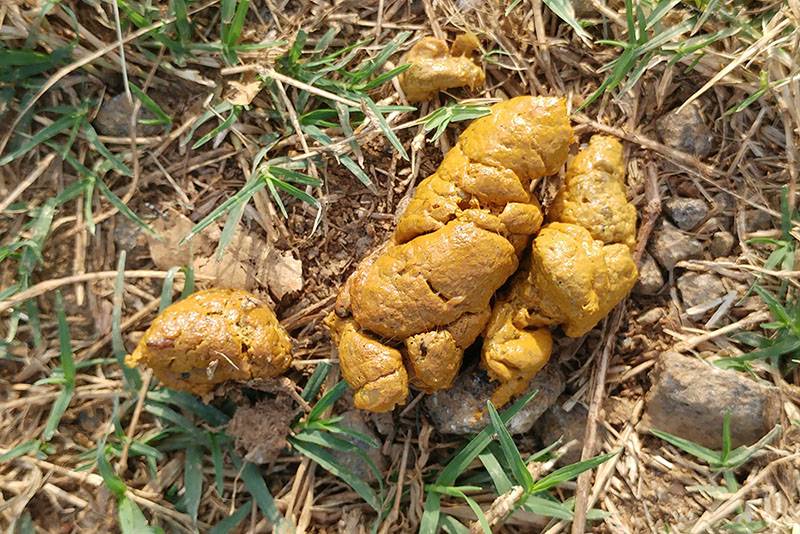
gallbladder problems
Your dog’s gallbladder is where bile is produced to help with digestion. If the gallbladder becomes blocked by a stone, hardened bile, or tumor, the bile may not get where it needs to go. It is not uncommon for these problems to occur after an injury to the gallbladder or if there is an obstruction such as gallstones, swelling, or thickening of the bile. As a result, the urine, skin, eyes and feces of the dog turn bright yellow.
Intestinal infections
Infection can occur as a result of infection with parasites, fungi, viruses or bacteria. If you leave an intestinal infection untreated, it can become a very serious problem for your dog. Symptoms will also be – fever, lack of appetite, diarrhea, vomiting.
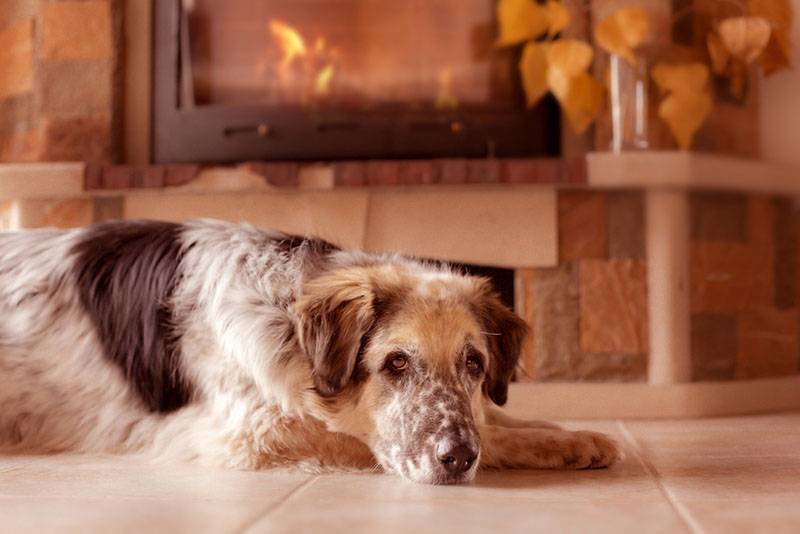
Irritable bowel syndrome
Yellow diarrhea in dogs can be a sign of irritable bowel syndrome (IBS) or inflammatory bowel disease (IBD). Both diseases are common and can lead to yellow-colored diarrhea. Although IBD and IBS may have similar symptoms, IBS is usually triggered by stress and results in sudden diarrhea, while IBD may be accompanied by weight loss or vomiting.
Science does not yet fully understand the causes of IBD or IBS in dogs or humans, but a veterinarian can diagnose these conditions by ruling out other common causes of bowel problems.
Diagnostics
If your dog shows yellow stools after one or two days, daily, or if the pet’s condition starts to worsen, take him to the veterinarian immediately for a professional medical examination. As we said, minor dietary inaccuracies can be the cause of yellow stools, but it can also be a more serious health problem.
The veterinarian will examine the animal and do some testing to find out what is causing the yellow stool.
An examination is required to make a diagnosis. To detect diseases of the stomach, intestines and liver, the doctor will prescribe blood tests, ultrasound and x-rays of the abdominal cavity.
In some situations, tests for infections and more invasive studies – endoscopy and biopsy of the abdominal organs are prescribed. For example, if they suspect viral diseases (parvovirus enteritis, coronovirus enteritis) or infection with parasites (giardia, coccidia, worms), they will offer to donate feces for a PCR study to determine the type of parasite and virus.
If oncological, immune-mediated diseases are suspected, an intestinal biopsy is performed. The pet is introduced into general anesthesia and the organs are examined using a camera, which is inserted into the abdominal cavity or into the abdominal organs. If necessary, take a small piece of the organ for the study of cells and tissues. Also, this method is used if treatment is carried out for a long time, but there is no dynamics, and other studies do not allow a diagnosis to be made.
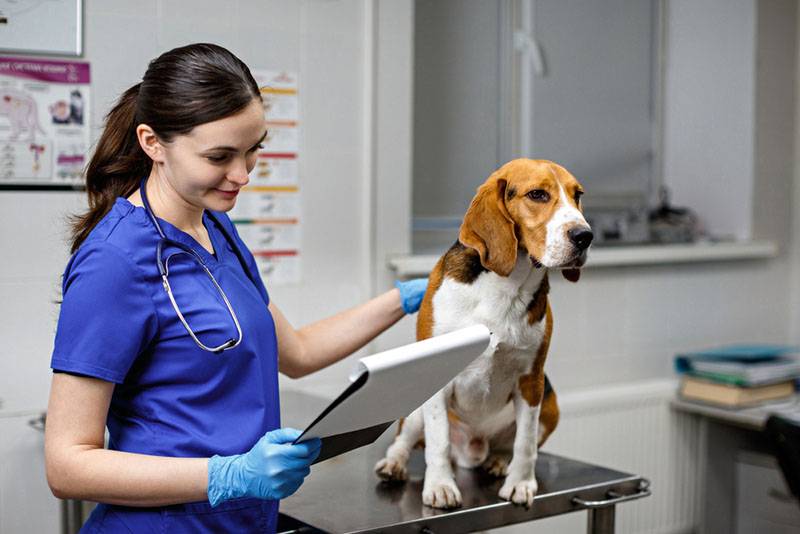
Treating Causes of Yellow Stool in Dogs
Treatment of yellow stool in a dog depends on the cause of its occurrence.
The complex therapy includes symptomatic drugs:
Antispasmodics – allow you to slow down the peristalsis of the intestines, remove the symptoms of diarrhea and abdominal pain. Often used drugs such as “Duspatalin”, “Trimedat”.
Sorbents allow you to remove the symptoms of poisoning and fix the stool in the first hours of the development of symptoms – “Smekta”, “Polysorb”.
Antibacterial therapy is prescribed for the development of inflammatory processes, infection with a bacterial, viral infection. Generally, broad-spectrum drugs are used.
Infusion therapy – droppers – are necessary for hunger, vomiting and diarrhea to prevent dehydration.
Cholagogue preparations will improve the outflow of bile and restore the biliary system of the dog.
If the cause of the disease is a tumor, stone or foreign bodies, surgery will be required for treatment.
Diet is one of the most important aspects of the treatment of the abdominal organs. It is selected, based on the main diagnosis, to maintain the liver, stomach or intestines.
In rare cases, hormonal drugs may be prescribed to relieve the symptoms of inflammatory bowel disease.
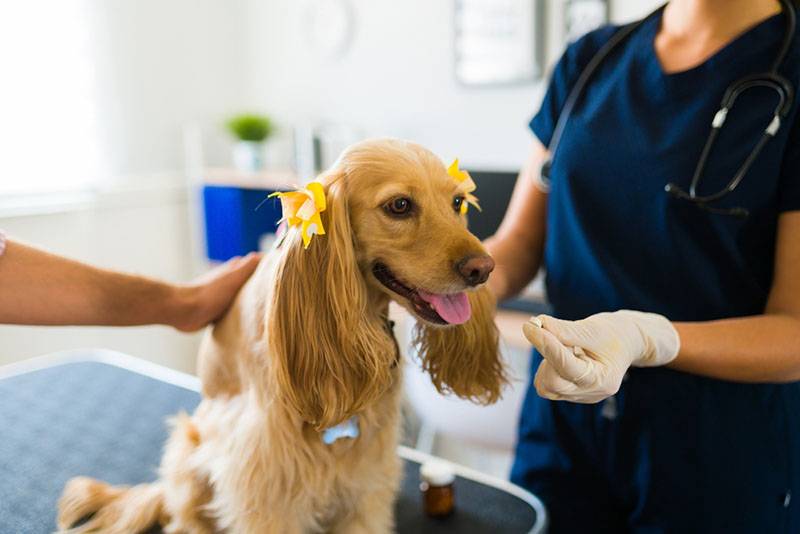
Prevention
Always feed your dog a consistent diet that includes the highest quality food and foods.
Remember to limit the amount of human food. Even human food that is safe for pets can cause problems if the dog has sensitive digestion or allergies. Also, make sure your children and other family members know exactly what your pet should and should not eat.
Know what’s in your yard and outdoor areas – trash and plants.
There are several types of plants, including berries and mushrooms, that can lead to poisoning.
Keep pest control chemicals, car care products, garden products, cleaning supplies, trash, and medicines out of your dog’s reach as they can all pose a serious health hazard if ingested.
Regularly carry out treatments for parasites, examination of your pet by a doctor. You need to vaccinate your dog in a timely manner.
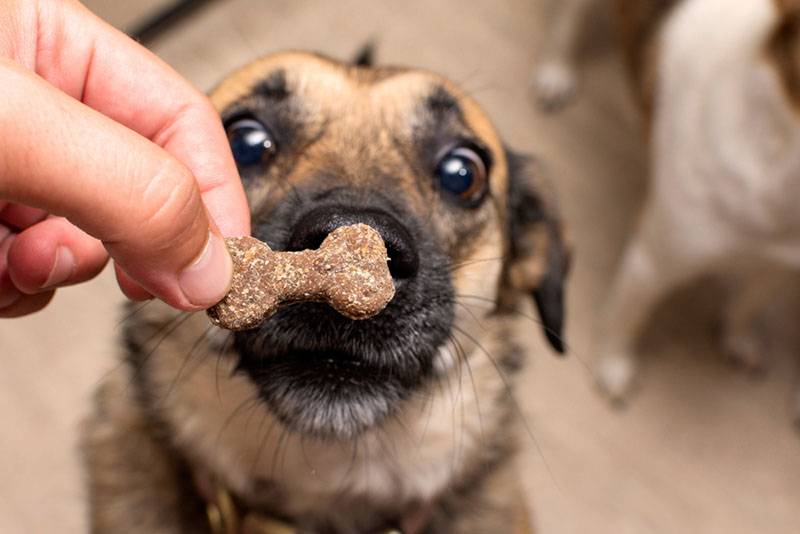
Home
Normally, the dog’s feces are brown, staining his bile, coming from the gallbladder into the intestines. Color changes indicate a violation of the digestive tract.
Yellow poop in a dog has dangerous causes and harmless, accidental ones. These include: eating dyes, diet violations, diseases of the liver, gallbladder, intestines.
Diagnosis at the initial stages will require a doctor’s examination, blood tests and visual diagnostics of the abdominal cavity.
Treatment will directly depend on the cause – complex therapy to relieve symptoms, surgery if indicated, and diet.
With comprehensive prevention, compliance with the rules of feeding, it will be possible to prevent the appearance of problems with feces.
Answers to frequently asked questions
Sources:
Hall Edward J., Williams David A. Gastroenterology in dogs and cats, 2010
N. D. Barinov, I. I. Kalyuzhny, G. G. Shcherbakov, A. V. Korobov, Gastroenterology in Veterinary Medicine, 2007



